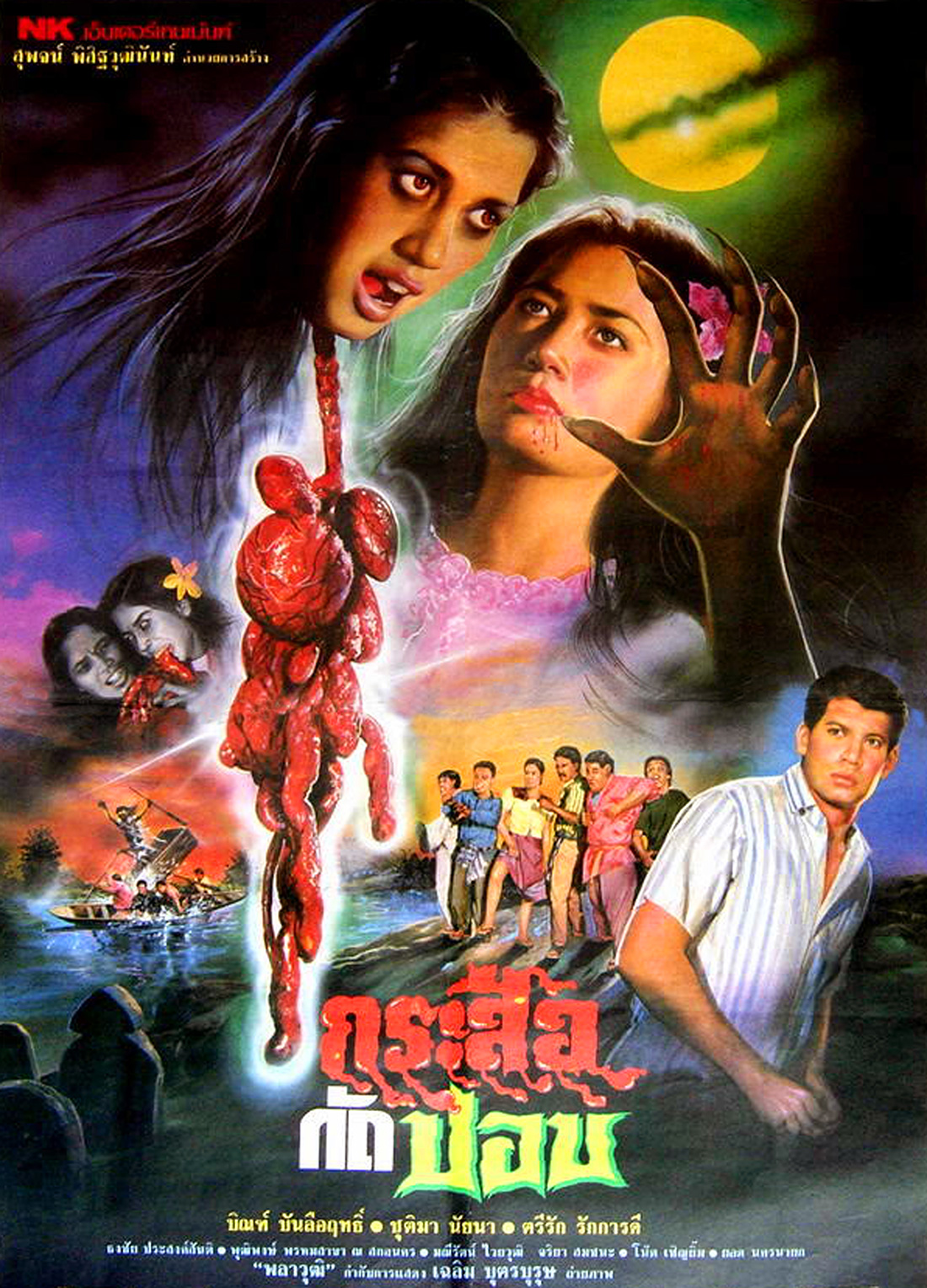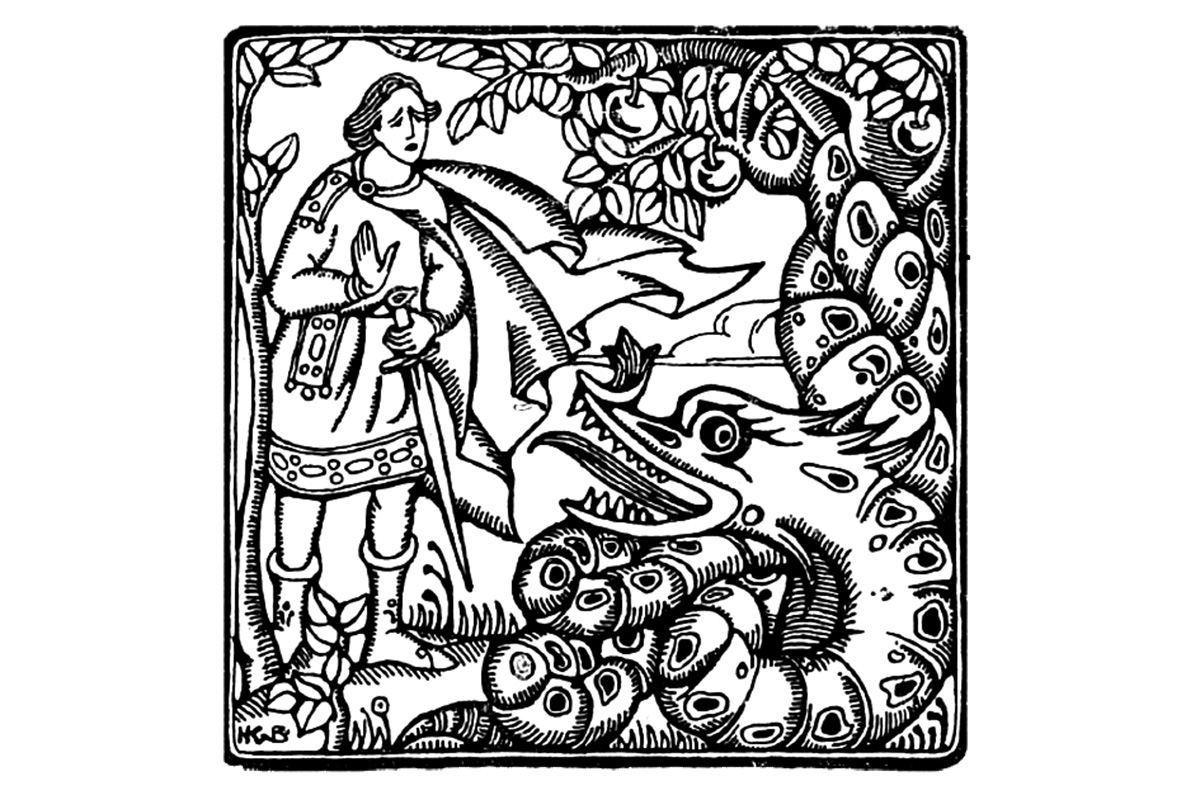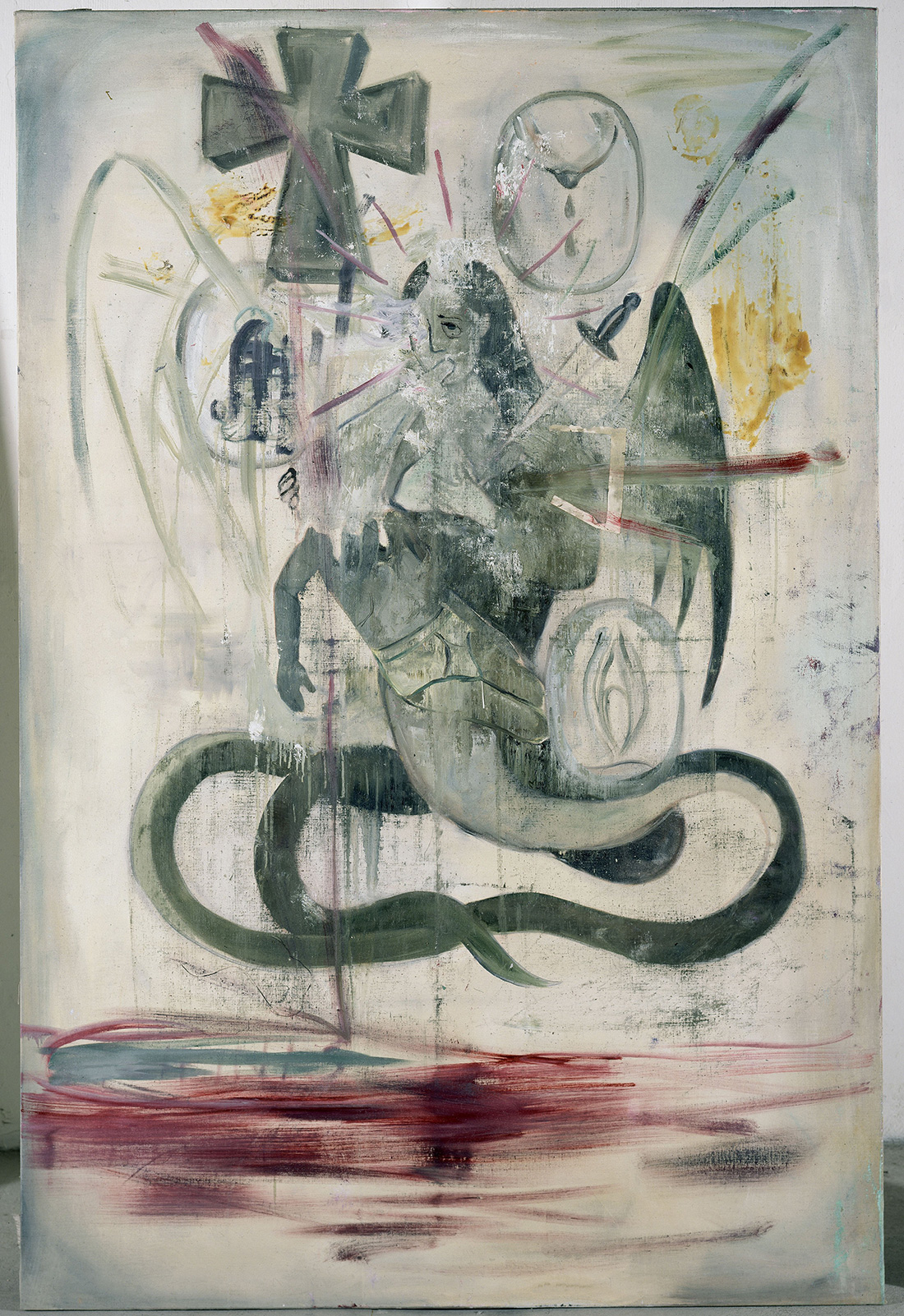13 Bizarre Mythical Monsters to Haunt Your Halloween
Leyak

Is that strange woman who lives next door to you actually a vampiric witch? In Bali, the mythical, blood-drinking leyak looks and acts like an ordinary person — during the day. At night, however, it visits the graveyards to search for entrails, and if it can't find any there, it steals them from one of its sleeping neighbors. With the entrails, it makes a special potion that enables it to transform into a variety of terrifying shapes, including a monkey with golden teeth, a bald-headed giant, an enormous rat, or a riderless motorcycle, according to the "Encyclopedia of Giants and Humanoids in Myth, Legend and Folklore" (McFarland, 2016).
Zburator

The winged, vampirelike zburator, whose name means "the flying thing," is a creature from Romanian mythology that resembles a handsome dark-eyed and black-haired young man. Zburators seduce young women and steal their life energy, draining their victims until they are pale, sickly wraiths, according to the "Encyclopedia of Beasts and Monsters in Myth, Legend and Folklore" (McFarland, 2016).
Manananggal

These terrifying flyers from Filipino folklore gain their name from the Tagalog word "tanggal," which means "to split." Generally depicted as female, the manananggal hunts for blood and human flesh by sprouting wings and severing the upper half of its body. It flies with its entrails dragging along after it, sucking the blood of sleepers and feasting on the hearts of fetuses still in their mothers' wombs, using a proboscis-like tongue, according to "Creatures of Philippine Lower Mythology" (University of the Philippines Press, 1971).
Get the world’s most fascinating discoveries delivered straight to your inbox.

Mindy Weisberger is a science journalist and author of "Rise of the Zombie Bugs: The Surprising Science of Parasitic Mind-Control" (Hopkins Press). She formerly edited for Scholastic and was a channel editor and senior writer for Live Science. She has reported on general science, covering climate change, paleontology, biology and space. Mindy studied film at Columbia University; prior to LS, she produced, wrote and directed media for the American Museum of Natural History in NYC. Her videos about dinosaurs, astrophysics, biodiversity and evolution appear in museums and science centers worldwide, earning awards such as the CINE Golden Eagle and the Communicator Award of Excellence. Her writing has also appeared in Scientific American, The Washington Post, How It Works Magazine and CNN.
